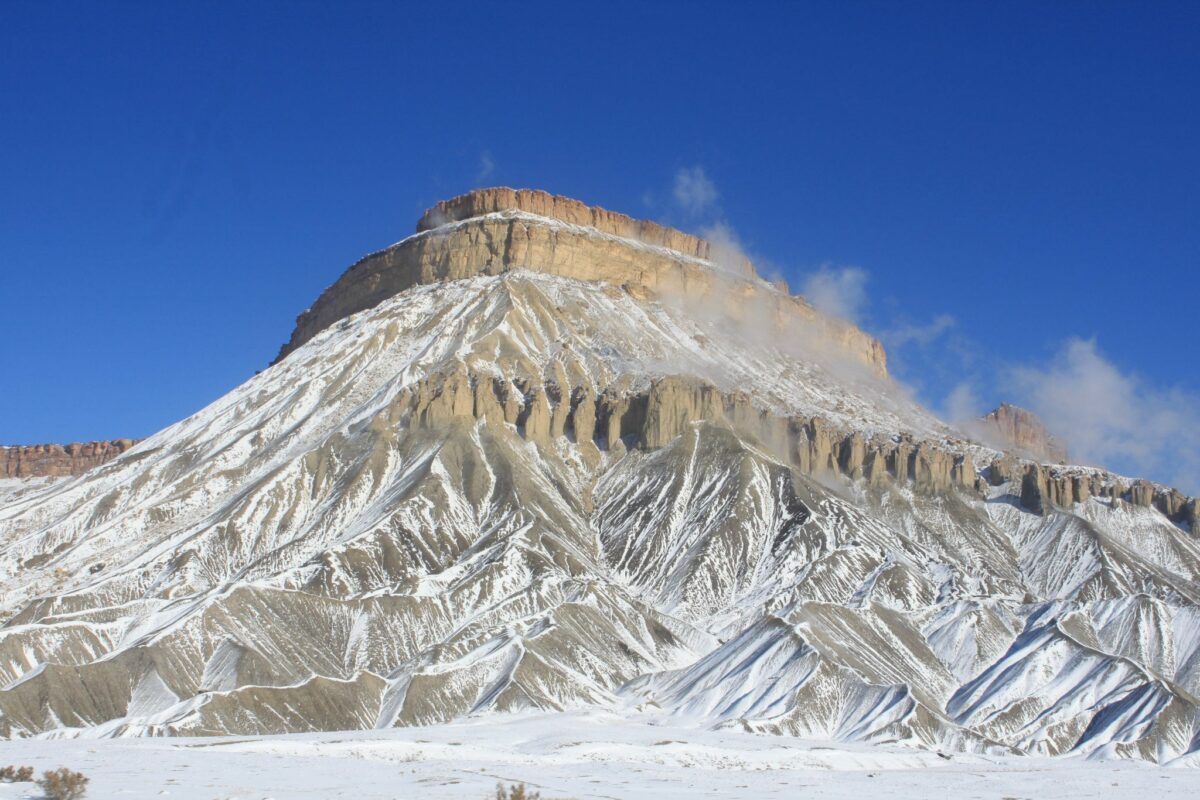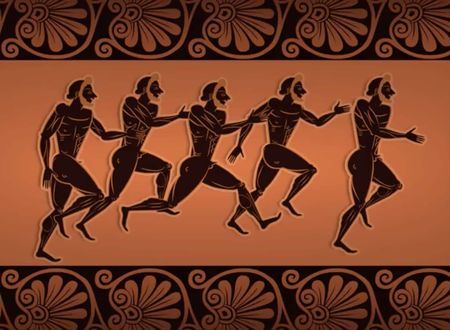Much have been said and written about the Upanishads. Upanishads are Vedic Sanskrit texts of Hindu (Sanatam Dharma) philosophy. They are the most recent part of the Vedas, the oldest scriptures of Hinduism. They deal with meditation, philosophy, consciousness and ontological knowledge. The Upanishads are commonly referred to as Vedanta. Vedanta has been interpreted as the “last chapters, parts of the Veda” and alternatively as “object, the highest purpose of the Veda”. The aim of all Upanishads is to investigate the nature of Atman (self), and “direct the enquirer toward it.”
Literally “Upanishad” means to sit near a Guru. The reason why sitting near a Guru is emphasized is that the flow of information becomes more natural, to the extent that explicit verbal communication may not be even required. The flow of information will happen naturally. One example of this is the Bhagwad Geeta, which is considered one of the Upanishads.
One of the major short Upanishads is Mandukya Upanishad. It has just 12 shlokas. Gaudapada (also referred as Gaudapadacarya) was an early medieval era Hindu philosopher and scholar of the Advaita Vedanta school of Hindu philosophy. He has written a commentary or expansion on Mandukya Upanishad called Mandukya Karika or Gauadapada’s Karika. He is considered one of the Gurus of Adi Shankaracharya. The commentary on both these texts (Mandukya Upanishad and Mandukaya Karika) has been written and explained by several great sages after that. That includes Swami Chinmayananda. He was born in 1916 in Cochin in British India. Under the guardianship of Swami Sivananda and later Tapovan Maharaj, he began studying Vedanta and took the vow of sannyasa. Swam Chinmayananda Saraswati went beyond the three dimensional world in 1993 in California, United States.
There are four chapters into which Gaudapada Karika is divided:
- Agama Prakarana (Scripture), where importance is given to the utterances of the Shruti (the Upanishad itself).
- Vaitathya Prakarana (Illusion), where logic establishes the unreality or the illusory nature of this world of names and forms.
- Advaita Prakarana – where logically it has been established that though the world of names and forms is illusory, it does not mean that the supreme reality itself is illusory. When the entire world of names and forms is negated, yet there remains one who is aware of that negation.
- Alatashanti Prakarana (quenching of the firebrand).
Some excerpts from the book:
- The total Reality is a potent power consisting of both dynamism and consciousness. The dynamic aspect of Reality, if we may say so, is called prana (the vital air), and the conscious aspect of Reality is Consciousness. (47)
- The soundless part of AUM, when meditated upon, does not yield to the meditator any particular benefit in the finite world or material gains…the soundless part of the AUM [between the chanting of 2 AUMs] is the goal of the meditator, corresponding to pure Atman in us. (97-100)
- The Infinite and Eternal is not there and at some other time, It is here and now. (102)
- Their is neither dissolution, nor birth; neither anyone in bondage, nor any aspirant for wisdom; neither can there be anyone who hankers after Liberation, nor any Liberated as such. This alone is Supreme Truth. (177)
- Such expressions of birth and production are misnomers. Sruti supports (mentioned here is Chandogya Upanishad) this statement. The scripture says – all effects are mere names and figures of speech. If a thing is ever existent (Sat) then it need not be produced, as a matter of fact, it cannot be produced. (341)
- Pure reason must insist that the pluralistic world of phenomenon is only a delusory creation of the mind and that when an individual has transcended the mental plane, his experience must be the experience of the Self which is not a new discovery but is a rediscovery of what was in him [read – what was real Him] for all the time, as his real nature. (354)
The 478 page book is in a relatively bigger font (for better read) and is divided into 10 chapters. From chapter 6 onwards it starts explaining the Mandukya Upanishad and Karika in parallel, simultaneously taking shlokas from both works.
The book has really good binding and light pages. Despite the complicated text, Swamiji has put in lot of effort to bring out the essence and true meaning of the shlokas.









Comments & Discussion
9 COMMENTS
Please login to read members' comments and participate in the discussion.